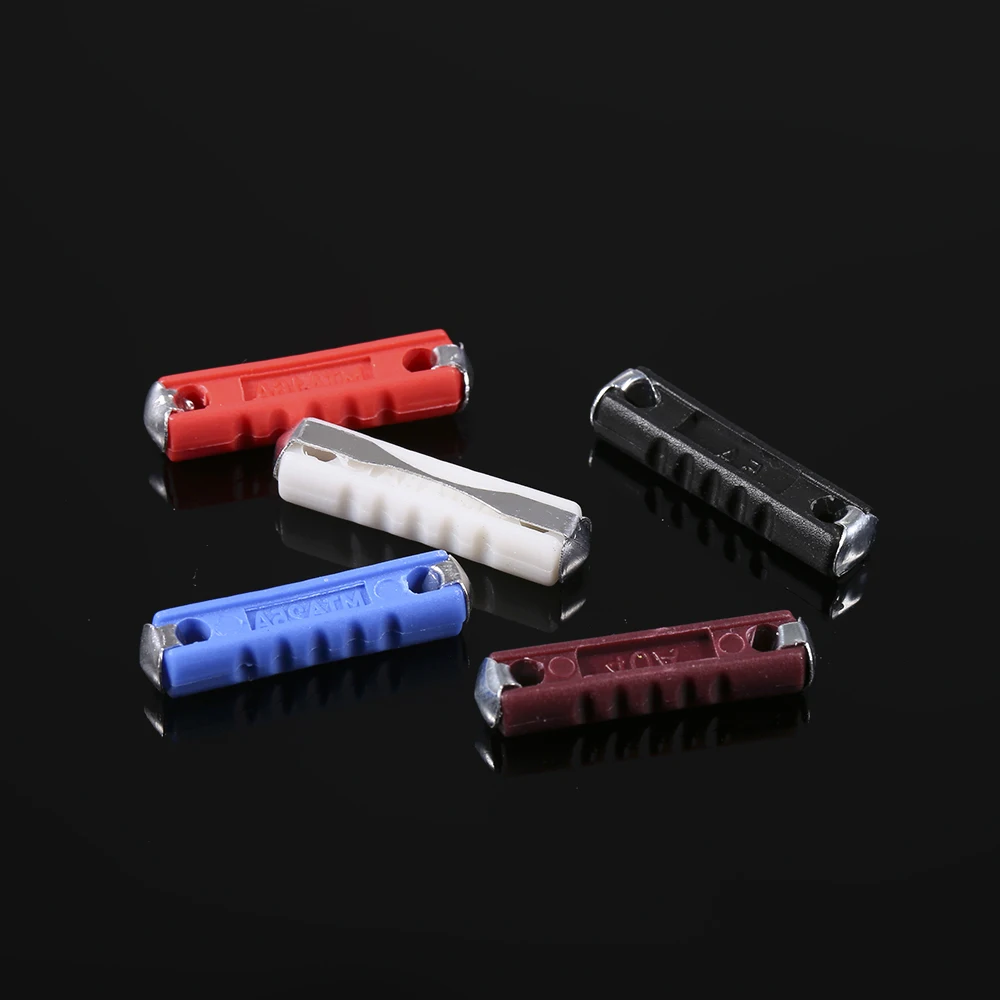Unraveling the Importance of Gears in EngineeringGears are central to mechanical systems, facilitating motion transfer in everything from cars to appliances. With types like spur, helical, bevel, and worm, gears fulfill specific roles. This article explores their functionality and connection to geocomposites in engineering.

How do gears work?
Gears transmit power through interlocking teeth, adjusting motion speed, torque, and direction. This simple yet effective mechanism powers countless devices.
What are the key types of gears?
- Spur Gears: Common in simple devices like conveyor belts.
- Helical Gears: Smooth and quiet, used in car gearboxes.
- Bevel Gears: Enable angled motion transfer, as in power tools.
- Worm Gears: High torque in compact designs, perfect for elevators.
What is the engineering significance of gears?
Gears enable efficiency in technology, from industrial machinery to renewable energy systems. Materials like geocomposites support these systems by reducing vibration and enhancing durability.
How are gears maintained?
Lubrication, inspections, and alignment are crucial. Using geocomposites in supportive roles mitigates environmental challenges, ensuring gear reliability.
Gears and complementary materials like geocomposites continue to drive innovation, supporting modern technology and engineering achievements.